1. Ultimate Guide To Design 'Crying Shoulder' Lyrics Now

Introduction:

The power of music lies not only in its ability to evoke emotions but also in its capacity to tell stories. One such captivating narrative is woven through the lyrics of “Crying Shoulder,” a heartfelt song that has touched the lives of many. In this ultimate guide, we will embark on a journey to uncover the art of crafting lyrics that resonate deeply with listeners, much like the words of “Crying Shoulder.” Whether you’re a seasoned songwriter or a budding lyricist, this comprehensive exploration will provide you with the tools and inspiration to create lyrics that leave a lasting impression.
Understanding the Emotional Core:
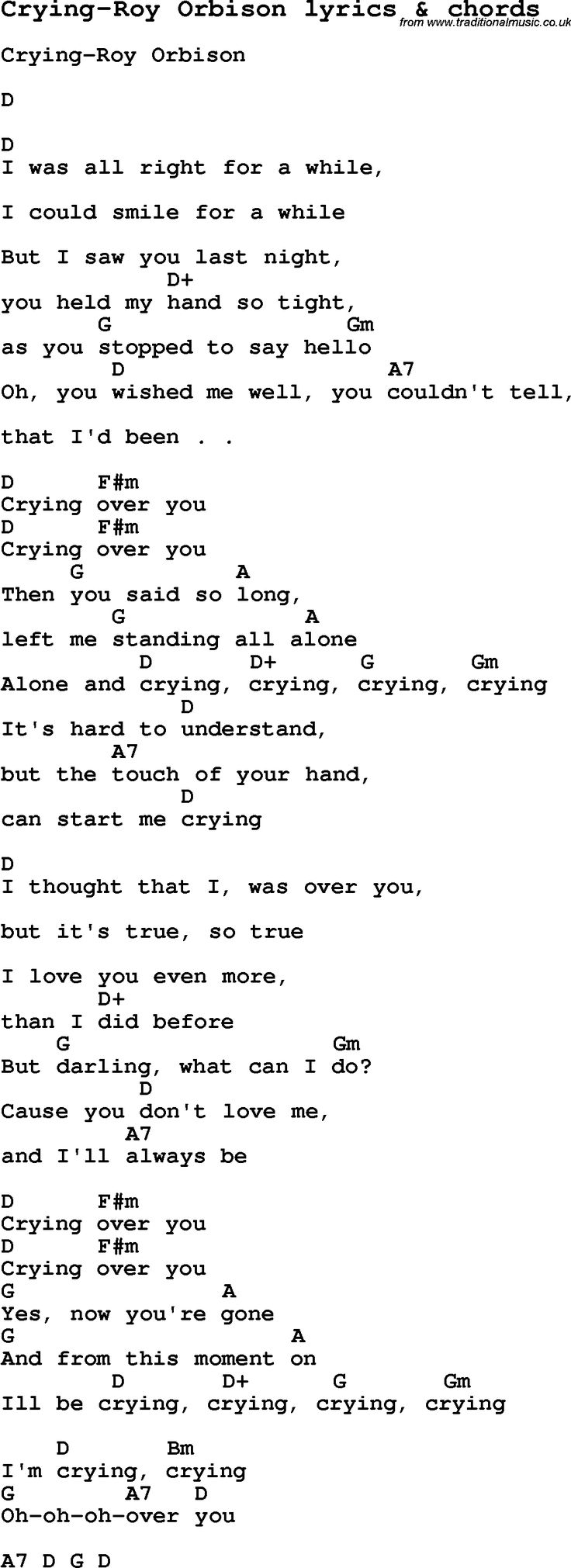
Defining the Theme:

“Crying Shoulder” is a testament to the importance of identifying a compelling theme. Begin by exploring the core emotion or message you wish to convey. Is it about the comfort found in a supportive friend, the healing power of empathy, or the complexities of human connection? Define this theme as your lyrical foundation.
Emotional Depth:

Dive into the depths of emotion. Consider the intensity of the feelings you want to evoke. Are you aiming for a tear-jerking ballad or a more subtle, reflective piece? Understanding the emotional range will guide your word choice and lyrical structure.
Crafting Compelling Lyrics:
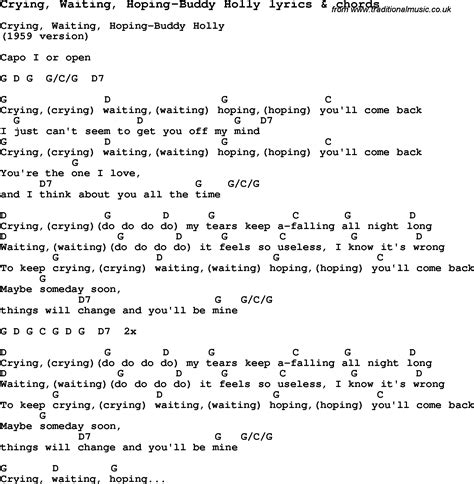
Metaphor and Imagery:
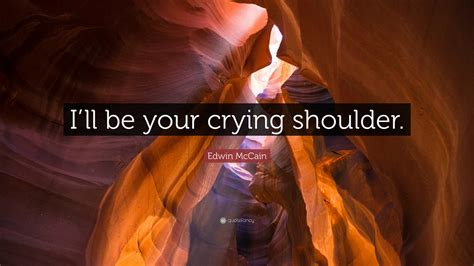
Utilize metaphors and vivid imagery to paint a picture that resonates with your audience. Draw inspiration from everyday experiences and nature to create unique comparisons. For instance, “Crying Shoulder” might use the image of a storm to represent emotional turmoil and the comfort of a friend as a shelter from the rain.
Word Choice:

Select words carefully, considering their impact and emotional resonance. Opt for words that are both meaningful and easy to understand. Avoid overcomplicating your lyrics with excessive jargon or obscure references. Simplicity often carries more weight in songwriting.
Rhyme and Rhythm:

Explore different rhyme schemes to add musicality to your lyrics. Traditional rhymes (e.g., “love” and “above”) can create a sense of familiarity, while internal rhymes (e.g., “love” and “dove”) add complexity. Play with rhythm by varying the length of phrases and sentences to create a natural flow.
Storytelling Techniques:

Narrative Arc:
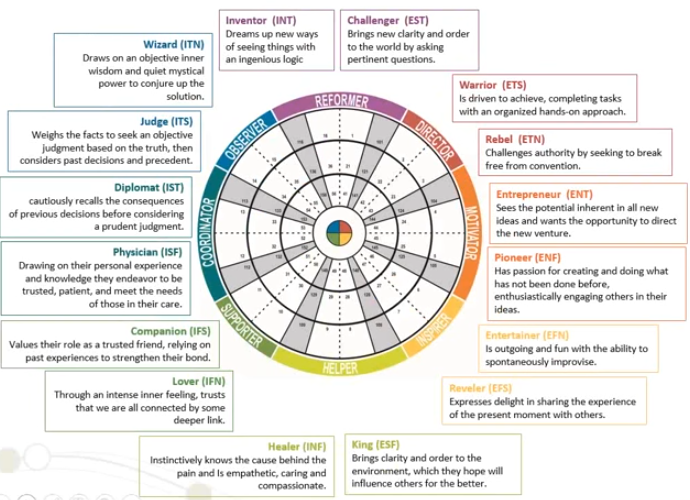
Craft a narrative arc that engages listeners from start to finish. Begin with an introduction that sets the scene, followed by a buildup of emotions and a climactic moment. The chorus, often the heart of a song, should encapsulate the central theme. Conclude with a resolution or a call to action.
Character Development:

Even in a song, characters can come to life. Develop the personas in your lyrics, whether it’s the narrator, a loved one, or a symbol of comfort. Give them depth and personality to make the story more relatable.
Show, Don’t Tell:

Instead of directly stating emotions, use descriptive language to show the listener what the characters are feeling. For example, “tears streaming down her face” paints a more vivid picture than simply saying, “she was sad.”
Chorus Construction:
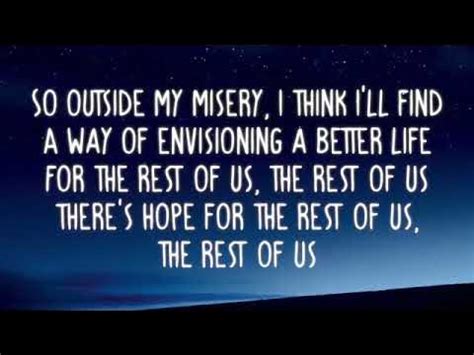
Memorable Hooks:
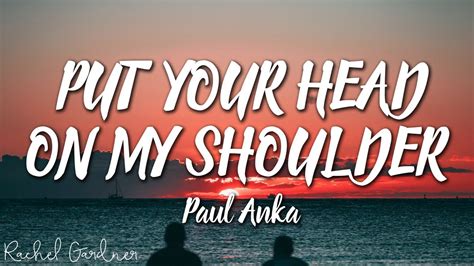
The chorus is where your song shines. Create a hook that is both memorable and repetitive. Aim for a chorus that captures the essence of your theme and becomes a sing-along moment for your audience.
Repetition and Reinforcement:
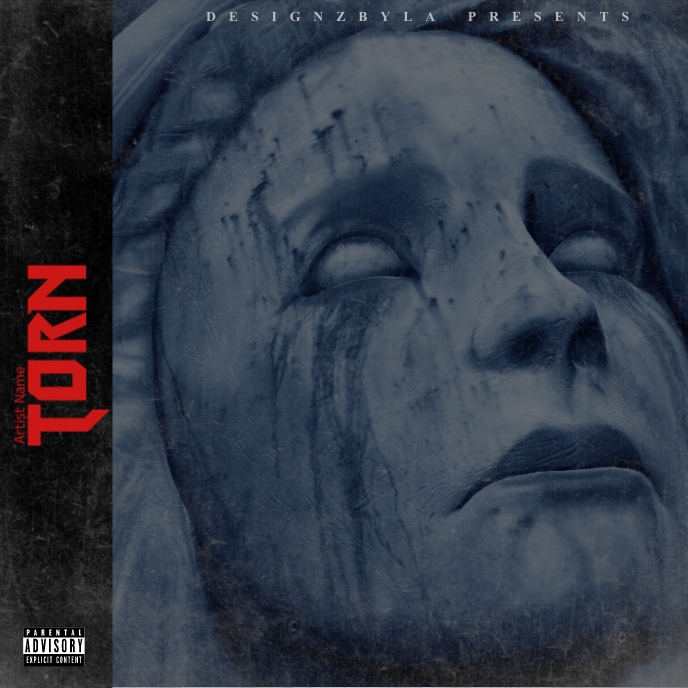
Repeat key phrases or lines throughout the chorus to reinforce the central message. This repetition not only makes the chorus catchy but also drives home the emotional impact.
Production and Collaboration:
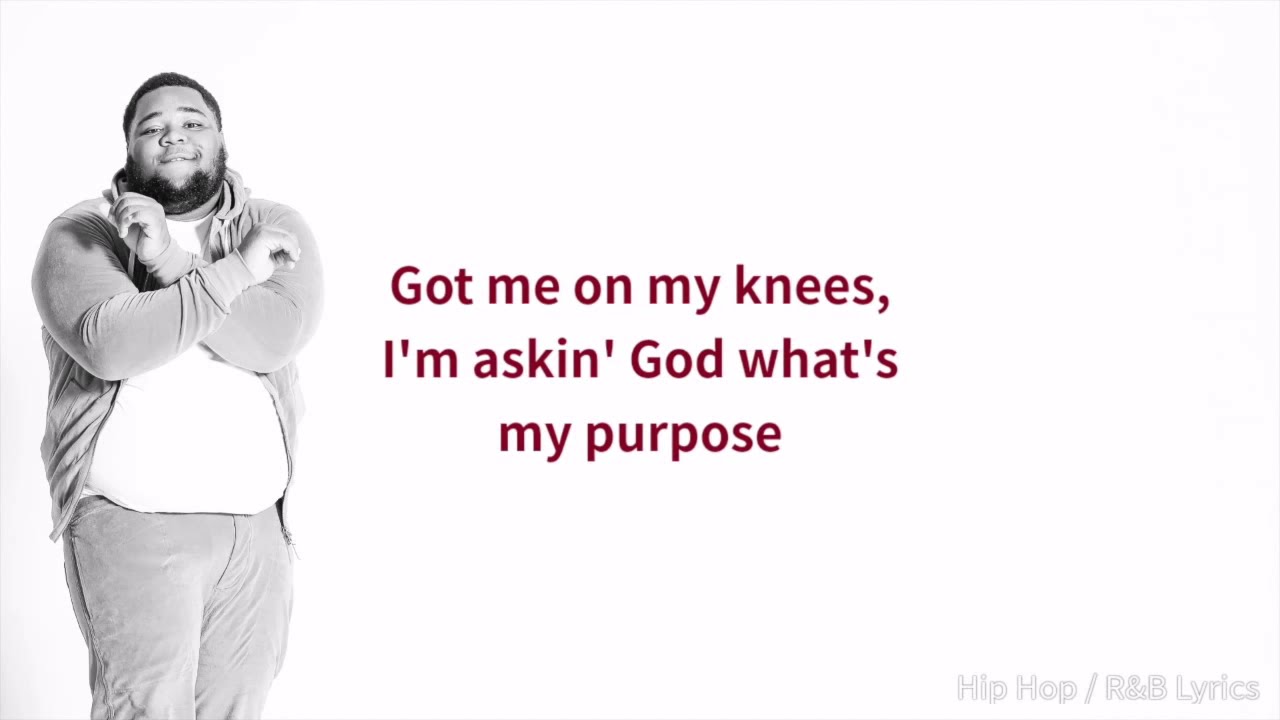
Musical Arrangement:
Collaborate with musicians and producers to find the perfect musical arrangement for your lyrics. The right instrumentation and melody can enhance the emotional depth of your words.
Feedback and Revision:
Seek feedback from trusted peers or mentors. Their insights can help you refine your lyrics and ensure they align with your intended message. Be open to constructive criticism and consider multiple revisions to perfect your craft.
Performing Your Lyrics:
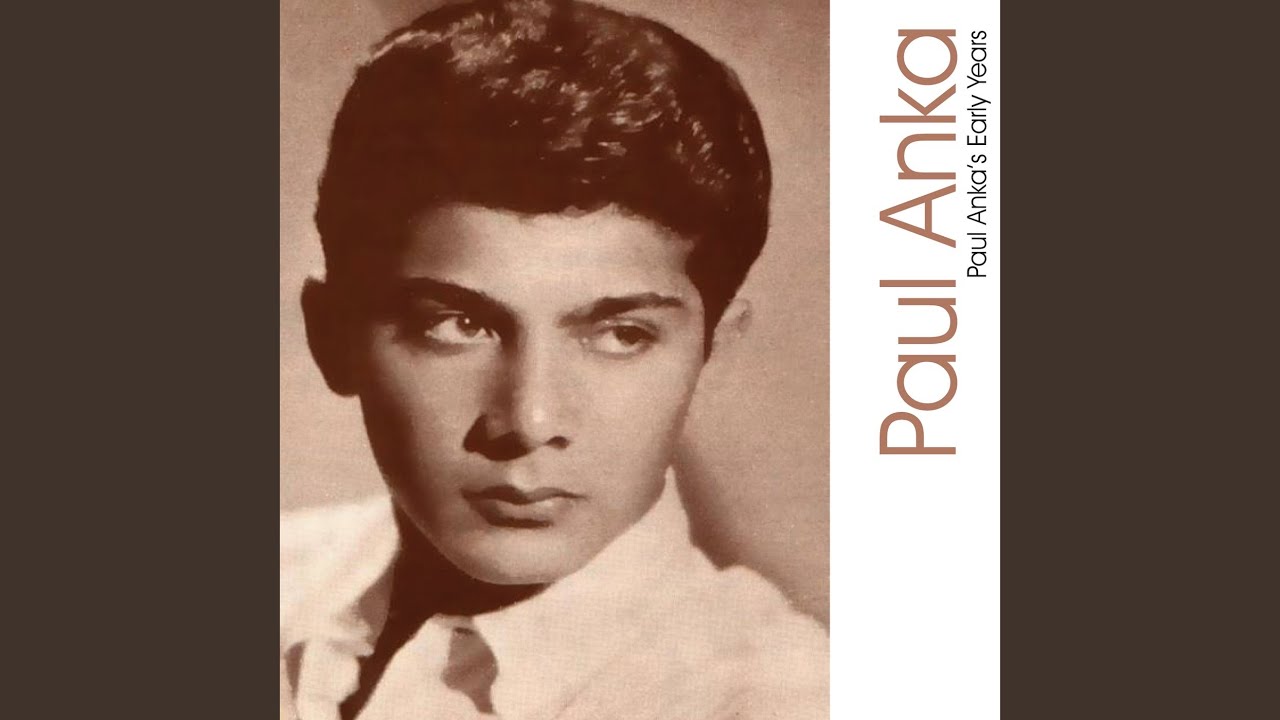
Stage Presence:
When performing your lyrics, embody the emotions you’ve crafted. Your stage presence and delivery can enhance the impact of your words. Engage with your audience, making them feel connected to the story you’re telling.
Connection with the Audience:
Understand your audience and their emotional needs. Tailor your performance to create a profound connection. Whether it’s through intimate storytelling or an energetic delivery, make your lyrics resonate with those who listen.
Conclusion:
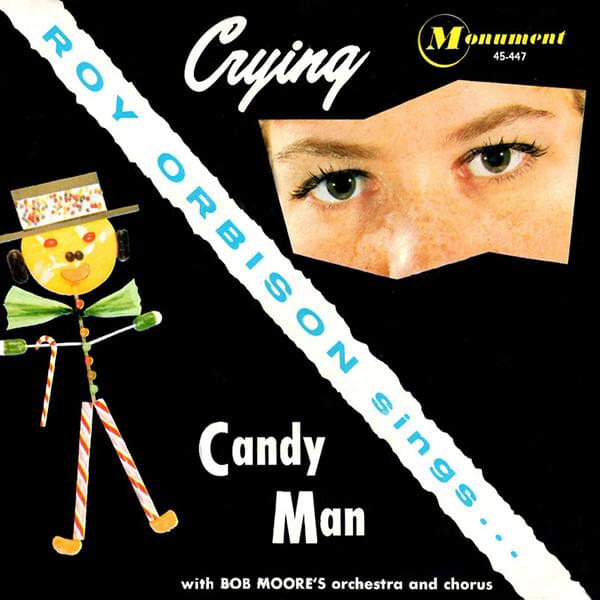
In the world of songwriting, “Crying Shoulder” serves as a shining example of the power of lyrics to touch hearts and leave a lasting imprint. By understanding the emotional core, crafting compelling narratives, and embracing the art of storytelling, you too can create lyrics that resonate deeply with listeners. Remember, the journey of songwriting is a creative exploration, and with dedication and a touch of inspiration, your words can become the soundtrack to someone’s life.
FAQ:
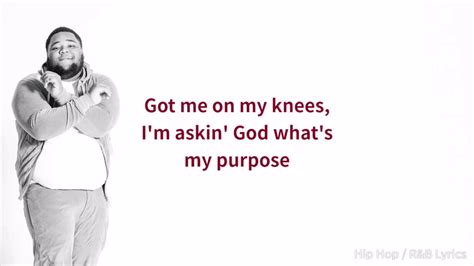
How can I find inspiration for my lyrics?
+
Inspiration can be found in everyday experiences, personal stories, and the emotions that surround you. Keep a journal to jot down thoughts and observations. Listen to diverse music genres and study the lyrics of your favorite artists for inspiration.
What if I struggle with finding the right words to express my emotions?
+
Don’t be afraid to experiment with different writing styles and techniques. Sometimes, the right words come from playing with rhymes, exploring metaphors, or simply freewriting without judgment. Collaboration with other songwriters can also spark new ideas.
How important is it to have a strong chorus in my song?
+
The chorus is often the most memorable part of a song and can make or break its success. A strong chorus that captures the essence of your theme and is easy to sing along to can become a powerful tool for connecting with your audience.
Can I use personal experiences in my lyrics without being too vulnerable?
+
Absolutely! Sharing personal experiences can add depth and authenticity to your lyrics. However, you can choose to be selective about the details you reveal. Use creative storytelling techniques to convey your message while maintaining a level of privacy if needed.
How can I ensure my lyrics are accessible to a wide audience?
+
Strive for clarity and simplicity in your word choice. Avoid overly complex language or references that might exclude certain listeners. Focus on universal themes and emotions that resonate with people from various backgrounds.


